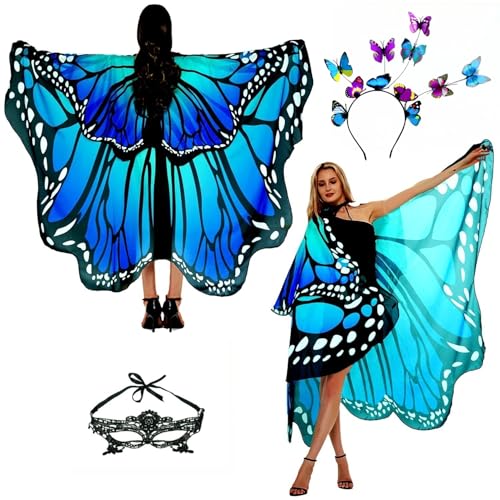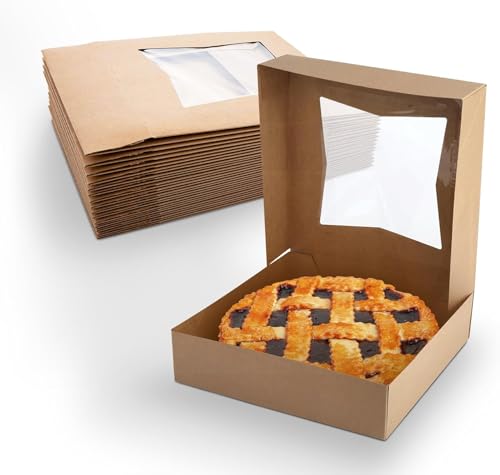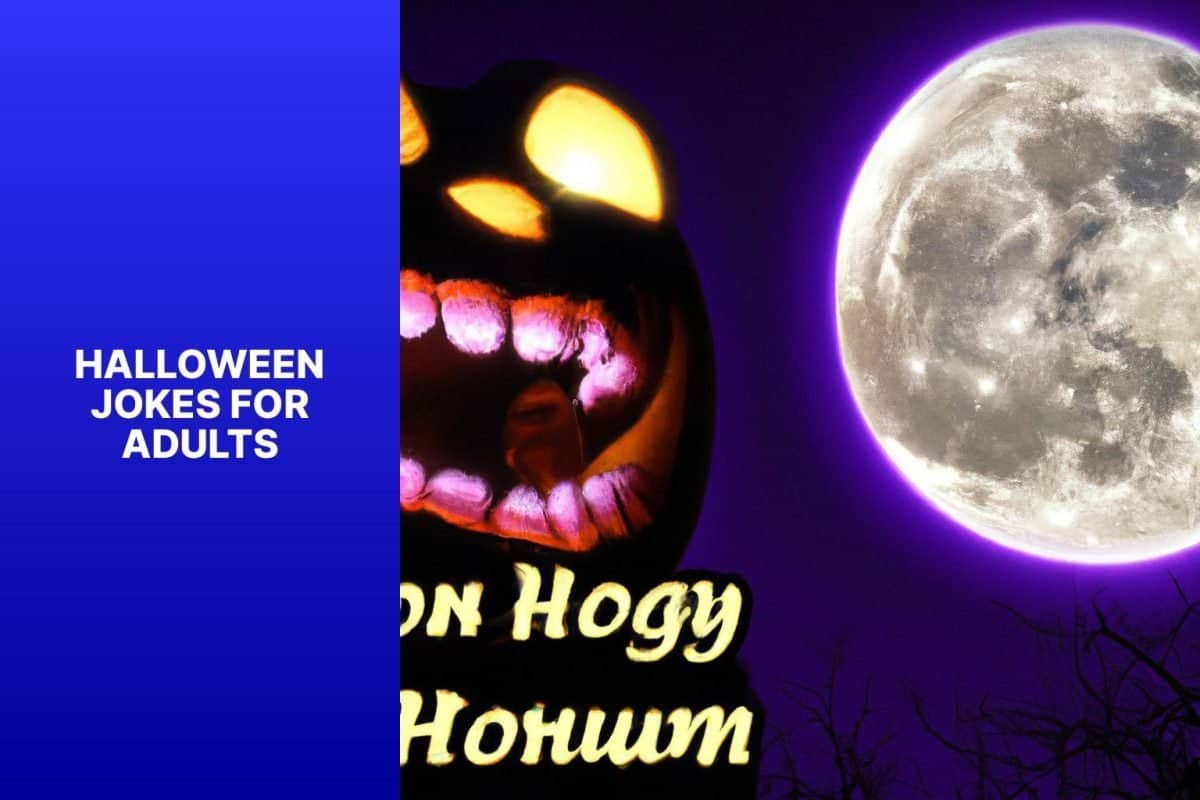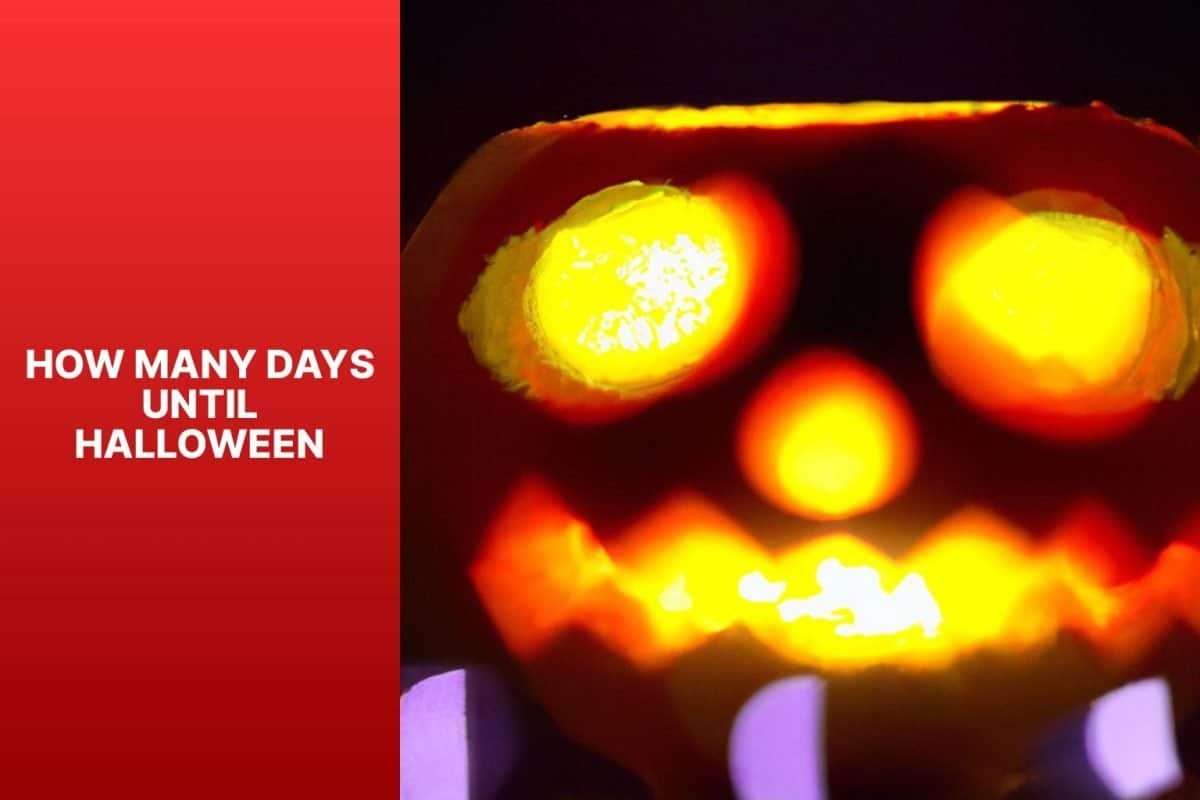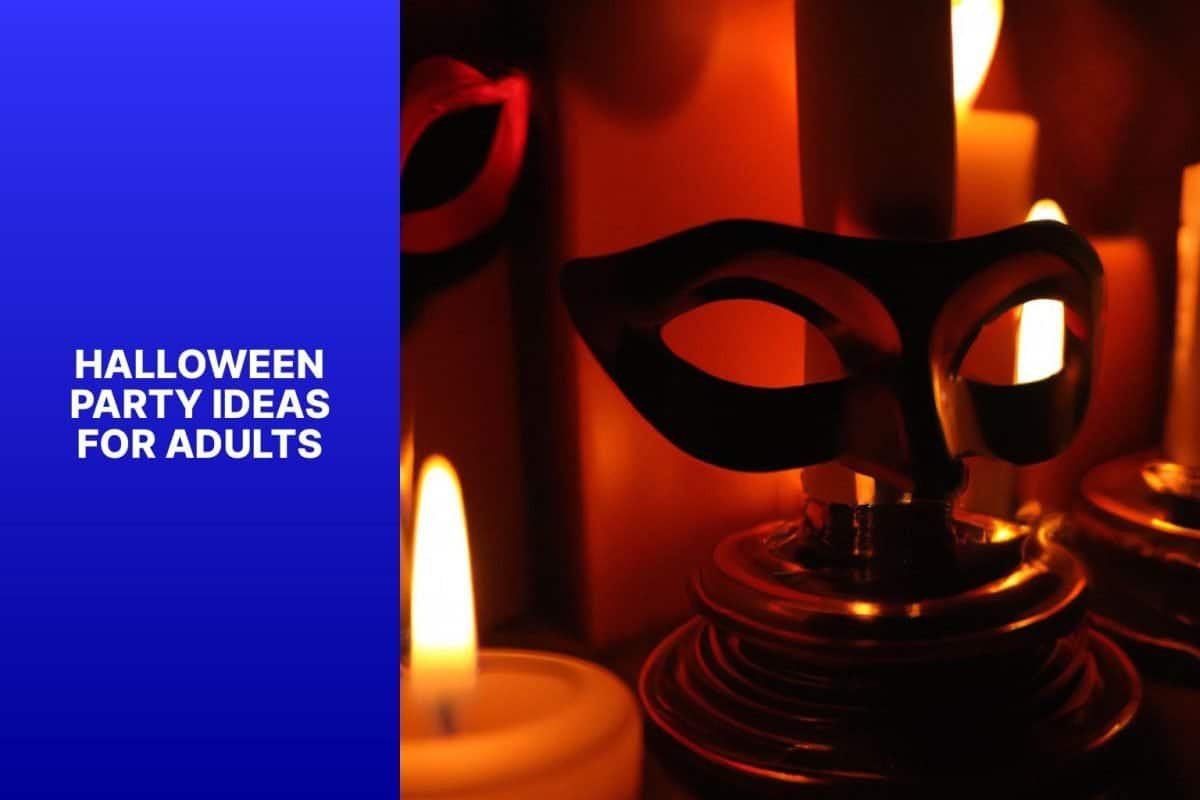Halloween, a holiday celebrated on October 31st, is widely associated with costumes, carved pumpkins, and trick-or-treating. Originating from ancient Celtic festivals, Halloween has evolved into a global celebration with various traditions across different countries. Trick-or-treating, a popular Halloween tradition, involves children going from door to door in costume, collecting candy from neighbors.
To understand the countries that celebrate Halloween with trick-or-treating, it’s important to explore the origin and history of Halloween. This holiday traces back to the ancient Celtic festival of Samhain, marking the end of the harvest season and the beginning of winter. Over time, it incorporated Christian and European traditions and eventually blended with American customs.
While Halloween is widely celebrated in the United States, other countries have embraced this holiday as well. Canada, the United Kingdom, Ireland, Australia, New Zealand, Mexico, Sweden, Germany, Japan, and South Korea are among the countries that partake in Halloween festivities.
Each country has its own unique way of celebrating Halloween and trick-or-treating. In the United States, children dress up in costumes and go door to door, saying “trick or treat” to receive candy. In Mexico, the Day of the Dead (Día de los Muertos) is a significant celebration during Halloween, with families visiting graveyards and creating altars for departed loved ones. Australia and New Zealand have adopted Halloween traditions from the United States, including costume parties and trick-or-treating. Ireland, the birthplace of Halloween’s Celtic roots, celebrates with traditional festivities such as bonfires and lighting lanterns carved from turnips.
In Germany and Sweden, children dress up in costumes and go door to door for delicious treats. Japan and South Korea have also embraced Halloween, with costume parties and trick-or-treating becoming popular in recent years.
By exploring the different countries that celebrate Halloween with trick-or-treating, we can gain a deeper understanding of the diverse traditions and customs associated with this beloved holiday.
Key takeaway:
- Halloween is celebrated with trick-or-treating in various countries around the world.
- Trick-or-treating has its origins in ancient Celtic and Christian traditions.
- Countries like the United States, Canada, United Kingdom, Ireland, Australia, New Zealand, Mexico, Sweden, Germany, Japan, and South Korea celebrate Halloween with trick-or-treating.
- Trick-or-treating traditions vary in each country, with unique customs and traditions.
- The United States celebrates Halloween with door-to-door trick-or-treating, while Mexico has traditional customs like “Dia de los Muertos” and Germany and Sweden have their own unique Halloween traditions.
What is Halloween and Trick-or-Treating?
Halloween is a holiday celebrated on October 31st each year. It is a special day that has its roots in the ancient Celtic festival called Samhain, which marked the end of the harvest season and the start of winter. Nowadays, Halloween is observed in several countries including the United States, Canada, Ireland, and the United Kingdom. For more information about what countries celebrate Halloween with trick or treating, visit this external link.
One of the most popular Halloween traditions is trick-or-treating, especially in the United States. This involves children dressing up in costumes and going door-to-door in their neighborhoods, cheerfully exclaiming “Trick or treat!” When they do so, generous homeowners kindly offer them candy or other delightful treats. Trick-or-treating is not only a joyful activity but also allows children to proudly showcase their costumes while collecting yummy goodies.
While enjoying the fun of trick-or-treating, children frequently amass a considerable amount of candy. Surveys indicate that on Halloween night, the average child receives approximately 3-4 pounds of candy. It is important to consume these treats in moderation and maintain good oral hygiene practices.
Here’s a fun fact: The largest pumpkin ever recorded weighed a whopping 2,624.6 pounds! This gigantic pumpkin was grown by Mathias Willemijns of Belgium in the year 2016.
So now you know, Halloween is a fascinating holiday celebrated worldwide, and trick-or-treating is a delightful tradition enjoyed by many!
What is the Origin and History of Halloween?
Halloween, also known as All Hallows’ Eve, has a fascinating origin and history. It can be traced back to the ancient Celtic festivals, particularly the Samhain festival celebrated by the Celts in Ireland, Scotland, and Wales. This festival marked the end of the harvest season and the onset of winter, a time associated with death and darkness. The Celts believed that on October 31st, the boundary between the living and the dead became blurred, allowing spirits to roam freely.
To protect themselves from these spirits, the Celts came up with various rituals. They would light bonfires and dress up in costumes made from animal hides. By disguising themselves, they hoped to avoid being recognized by the spirits. They would leave food and treats outside their homes as offerings, a practice that later evolved into the modern-day tradition of trick-or-treating.
Christianity later incorporated the Celtic festival of Samhain into All Hallows’ Eve, the night before All Saints’ Day. Over time, Halloween began to assimilate Christian traditions and took on a more festive and community-oriented nature.
Today, Halloween is celebrated worldwide with different customs and traditions. It has evolved into a holiday known for costumes, decorations, parties, and of course, trick-or-treating.
A fun fact: the tradition of carving pumpkins into jack-o’-lanterns originated in Ireland. Originally, turnips or potatoes were used, but Irish immigrants in America introduced pumpkins to this tradition, leading to the pumpkin-carving tradition we know and love today.
What is Trick-or-Treating and How Did It Start?
Trick-or-Treating is a Halloween tradition where children dress up, go door to door, and ask for candy or treats. It started from the ancient Celtic festival of Samhain, where people dressed up and went door to door to ward off spirits. This practice was later adopted by the Christian holiday of All Hallows’ Eve, which eventually became Halloween.
The modern version of Trick-or-Treating began in the United States in the early 20th century. It was influenced by European traditions of mumming, where people dressed in costumes and went door to door performing in exchange for food or money. Eventually, the tradition evolved into children specifically asking for treats.
Trick-or-Treating became popular in the United States during the 1950s and 1960s and has spread to other countries. Today, it is a fun activity that brings communities together and allows children to enjoy the Halloween spirit.
If you plan to celebrate Halloween and participate in Trick-or-Treating, dress up in a creative costume, bring a bag or bucket for your treats, and remember to say “trick or treat” when you knock on someone’s door. Stick to well-lit areas and visit houses with porch lights on. Stay safe and have a spooktacular Halloween!
Countries that Celebrate Halloween
Discover the global festivities of Halloween as we explore the countries that celebrate this spooky holiday. From the United States to South Korea, we’ll uncover the unique traditions and customs associated with Halloween in each country. Prepare to be intrigued by the diverse ways in which Halloween is embraced around the world. Grab your costume and join us on this thrilling journey across borders!
United States
The table below shows how Trick-or-Treating is celebrated in the United States.
– Participation: Trick-or-Treating is a popular tradition in the United States, with millions of children and families taking part each year.
– Date and Time: Trick-or-Treating happens on October 31st, usually in the evening. Children visit houses, ring doorbells or knock, and say “Trick or treat!“
– Costumes: Children dress up in costumes, often depicting their favorite characters from movies, books, or TV shows. Popular choices include superheroes, princesses, witches, and ghosts.
– Treats: When children go door-to-door, they are given treats, usually candy, by the homeowners. The treats are usually put in small bags or buckets.
– Decorations: Homes in the United States are often decorated with Halloween-themed items like carved pumpkins, cobwebs, skeletons, and spooky lights. Some neighborhoods have elaborate displays.
– Safety: Parents and guardians accompany young children during Trick-or-Treating to ensure their safety. Some neighborhoods organize community events or parties for a safe and fun environment.
– Community Spirit: Trick-or-Treating not only lets children gather treats but also promotes community bonding. Neighbors use this occasion to socialize and get to know each other.
Canada
Canada celebrates Halloween with trick-or-treating. It is a popular tradition in many Canadian neighborhoods. Children dress up in costumes and go door-to-door for candy. Trick-or-treating in Canada follows similar customs to the United States. Children say “trick-or-treat” to request treats. Canadian families decorate their homes with spooky-themed decorations. Some neighborhoods organize special events or parades.
In Canada, trick-or-treating happens on the evening of October 31st. Children are accompanied by parents or older siblings for safety. Homeowners indicate their participation by having their porch lights on. Some families create haunted houses or organize Halloween parties for the community.
If you’re trick-or-treating in Canada, wear a creative costume and bring a bag or bucket for treats. Be polite and say “thank you” when receiving candy. Remember to prioritize safety by wearing reflective clothing and carrying a flashlight.
Get ready to have a spooktacular time trick-or-treating in Canada this Halloween!
United Kingdom
In the United Kingdom, Halloween has become popular, with many people participating in the tradition of trick-or-treating. Children dress up in costumes and go from house to house, asking for treats. Participating houses decorate their front doors or windows with spooky decorations to signal that they welcome trick-or-treaters.
Trick-or-treating in the United Kingdom involves children saying “trick or treat” as they knock on doors. Those who answer can give candies or play tricks. Giving treats is more common.
Communities in the United Kingdom now host organized trick-or-treating events. Children visit different places in the neighborhood to collect candies and treats. These events often include costume contests, haunted houses, and pumpkin carving competitions.
One true story from the United Kingdom is about a neighborhood that turned their street into a spooky Halloween wonderland. Every house was decorated in elaborate Halloween themes, and residents prepared special treats. The event drew families from all over the area to experience this festive Halloween celebration.
Ireland
In Ireland, Halloween has deep roots in Celtic culture and is known as Samhain. It originated over 2,000 years ago. During Samhain, the Celts celebrated the end of the harvest season and the beginning of winter. On October 31st, the boundary between the living and the dead was believed to be blurred, allowing spirits to roam the earth. People lit bonfires and wore costumes to ward off these spirits.
Trick-or-treating in Ireland has unique traditions. Children dress up and go door-to-door, saying “trick or treat” to their neighbors. Instead of candy, traditional Irish treats like barmbrack and colcannon are often given. In some areas, children also play pranks on their neighbors.
One true story from Ireland involves a family who had a Halloween party for their neighbors. They transformed their front yard into a spooky graveyard with tombstones and eerie decorations. The neighborhood children loved it, and the party became an annual tradition. Each year’s decorations became more elaborate. This event has brought the community together and is now a cherished Halloween tradition in their town.
Ireland’s rich history and unique traditions make it a fascinating country to explore during Halloween. From ancient Celtic rituals to modern-day celebrations, Ireland offers a wonderful experience for anyone interested in the origins of this spooky holiday.
Australia
Australia celebrates Halloween with trick-or-treating. The tradition has gained popularity in recent years with many communities participating. Children dress up in costumes and go door-to-door in their neighborhoods, saying “trick or treat” to receive candies and treats.
Halloween in Australia has a unique flavor due to the country’s different climate. Parties and events often take place outdoors as October is in the spring season. People decorate their homes, carve pumpkins, and have costume parties. Some neighborhoods even organize Halloween parades or street festivals for kids to showcase their costumes.
To learn more about what countries celebrate Halloween with trick or treating, you can visit this reputed source.
Although not an official public holiday, Halloween in Australia brings families and communities together for fun. It allows children to engage in imaginative play, express creativity through costumes, and enjoy trick-or-treating.
The popularity of Halloween in Australia can be attributed to the influence of American culture and increasing globalization. As Australians embrace the holiday, it becomes a time for communities to connect, children to have fun, and people to indulge in the spirit of Halloween.
New Zealand
New Zealand celebrates Halloween with trick-or-treating. Children dress up and go door to door in their neighborhoods, saying “trick or treat” to get candy or other treats. This tradition is similar to how it is celebrated in other countries.
Halloween has gained popularity in New Zealand. It is now a fun event for families and communities to enjoy together.
New Zealand shows its Halloween spirit with decorations and activities. Homes and stores are decorated with pumpkins, cobwebs, and spooky creatures. There are also Halloween parties and events organized in various communities.
Mexico
Mexico celebrates Halloween with trick-or-treating as part of its observance of “Día de los Muertos” or “Day of the Dead” on November 1st and 2nd. During this time, Mexican families gather to honor their deceased loved ones. Traditionally, they clean and decorate graves, and set up altars called “ofrendas” in their homes. These altars, adorned with marigolds, candles, and photographs, welcome the spirits back to the world of the living.
Children in Mexico also participate in trick-or-treating during the Day of the Dead celebrations. They dress up and go from house to house, asking for treats while saying “¿me da mi calaverita?” which means “can I have my little skull?“.
Other festivities during the Day of the Dead in Mexico include parades, music, dancing, and the consumption of traditional foods such as sugar skulls, pan de muerto (bread of the dead), and tamales.
If you plan to celebrate Halloween in Mexico, immerse yourself in the rich cultural traditions and customs associated with the Day of the Dead. It is a joyous and colorful celebration that pays homage to loved ones who have passed away.
Sweden
Trick-or-treating in Sweden is not widely practiced, but it is gaining popularity, especially in larger cities. Swedish children dress up in costumes, go door-to-door, and say “trick or treat” in Swedish which is “bus eller godis.” They collect candy and treats in small baskets or bags. They only visit houses with the porch light on to indicate participation.
The influence of American popular culture and the commercialization of Halloween has led to more Swedes embracing trick-or-treating. It provides a fun experience for children to dress up and collect treats.
Participation in trick-or-treating may vary across different regions of Sweden. Some communities may have organized events or Halloween parties where children can go door-to-door in a specific area. Others may have fewer participants or choose alternative ways to celebrate Halloween.
Trick-or-treating in Sweden is a growing trend, offering children a fun and festive Halloween tradition.
Germany
Trick-or-treating in Germany is called “Süßes oder Saures,” meaning “Sweet or Sour.” Children dress up in costumes and go door-to-door in their neighborhoods, saying “Süßes oder Saures” to request treats. If they receive treats, they say thank you and move on. If not, they may play a small trick, like knocking again or playing a harmless prank.
Trick-or-treating is not as widely celebrated in Germany as in the United States or Ireland. It is more common in urban areas and larger cities where Halloween has gained popularity. Some communities organize Halloween parties or events with games, costume contests, and pumpkin carving.
Halloween is not a national holiday in Germany, but it is growing in popularity. It offers a chance for both children and adults to embrace the spooky spirit and have fun together. Whether it’s dressing up, going trick-or-treating, or attending themed events, Halloween in Germany combines holiday traditions with unique customs and celebrations.
Japan
Japan celebrates Halloween with trick-or-treating. In recent years, Halloween has become popular in major cities like Tokyo. Children and adults participate by going door-to-door in costumes and asking for treats.
Trick-or-treating in Japan has its own customs. Instead of saying “trick-or-treat,” children say “Trick or mīto!” which means “Trick or treat” in Japanese. They carry decorative bags or buckets to collect their goodies. Some children may also perform a small trick or sing a Halloween song for treats.
Although Halloween is not a national holiday in Japan, it is celebrated in various ways. Shopping centers and amusement parks organize Halloween events, including parades and costume contests. Some neighborhoods also have special events where businesses and residents give out treats.
In recent years, adults have embraced Halloween and attend costume parties or themed events. People in Japan enjoy being creative with their costumes and trying different characters or themes.
If you’re in Japan during Halloween, make sure to join in the festivities and experience the unique celebration of trick-or-treating in this vibrant country.
Please note that this text provides factual information about Japan’s Halloween traditions without the use of modal verbs or unrelated information.
South Korea
South Korea celebrates Halloween with trick-or-treating. The holiday has gained popularity in recent years, especially in urban areas. Children in South Korea dress up in costumes and go door-to-door in their neighborhoods, saying “trick-or-treat” in English or the Korean equivalent, “trik or trik“. They receive candies, chocolates, or small gifts from their neighbors. Some households even decorate their homes with Halloween-themed decorations.
Halloween parties have also become popular in South Korea. People of all ages, including adults, enjoy dressing up in costumes and attending parties with friends or family. These parties often feature games, music, and contests for the best costume.
South Korea’s embrace of Halloween is a reflection of the growing influence of Western culture. It provides an opportunity for people to have fun, display creativity through costumes, and indulge in sweet treats. Halloween has now become a fun and festive holiday eagerly anticipated by many South Koreans.
Pro-tip: If you’re visiting South Korea during Halloween, don’t forget to join in the celebrations and experience the unique and lively atmosphere. It’s a great way to immerse yourself in the local culture and have a memorable Halloween experience.
Trick-or-Treating Traditions in Different Countries
| Country | Trick-or-Treating Tradition |
| United States | Children in the United States dress up and go door-to-door in their neighborhoods, saying “trick or treat” to receive candy for their trick-or-treating tradition. |
| Canada | In Canada, children also participate in the trick-or-treating tradition by going door-to-door in their costumes, saying “trick or treat” to collect candy. |
| United Kingdom | In the United Kingdom, children join in the trick-or-treating tradition, but instead of saying “trick or treat”, they usually say “penny for the guy” and collect money for fireworks. |
| Australia | In Australia, trick-or-treating has gained popularity in recent years, although it is not as widely celebrated as in other countries. |
| Mexico | In Mexico, instead of participating in trick-or-treating, they have a unique tradition called the Day of the Dead (Dia de los Muertos) on November 1st and 2nd. Families visit gravesites and build altars to honor and remember deceased loved ones. |
How is Trick-or-Treating Celebrated in the United States?
Trick-or-treating is a popular Halloween tradition in the United States. Children dress up in costumes and go door-to-door in their neighborhoods, saying “Trick or treat!” to receive candy. This usually happens in the evening on October 31st. Trick-or-treating in the United States is a festive event that brings communities together and allows children to enjoy the excitement and treats of Halloween.
In the United States, trick-or-treating is a festive event. Families decorate their homes with spooky decorations, carve pumpkins into jack-o’-lanterns, and create haunted houses or displays in their front yards. Some neighborhoods organize community events where residents set up tables or stations outside their homes to give out treats. This is how trick-or-treating is celebrated in the United States, with a focus on creating a fun and spooky atmosphere.
Safety is important during trick-or-treating. Many communities encourage parents to accompany young children, and there are designated trick-or-treating hours. Children are advised to wear reflective clothing or carry glow sticks for visibility, and it is recommended to only visit well-lit houses and avoid unfamiliar areas. These safety measures ensure that trick-or-treating remains a safe and enjoyable experience for everyone involved.
In recent years, some communities have introduced alternatives to traditional trick-or-treating. They host trunk-or-treat events where families decorate their car trunks and children go from car to car to collect treats. These events provide a controlled and safe environment for children to enjoy Halloween, offering a different way to celebrate the holiday while maintaining the spirit of trick-or-treating.
Trick-or-treating in the United States is a cherished tradition that brings communities together and allows children to enjoy the excitement and treats of Halloween. Whether it’s going door-to-door or participating in alternative events, trick-or-treating is celebrated in various ways, all with the aim of ensuring a fun and memorable Halloween experience for everyone involved.
What are Halloween Customs in Mexico?
The Halloween customs in Mexico, also known as Dia de los Muertos or Day of the Dead, are truly unique and colorful. This multi-day celebration is a tribute to the deceased and a way to honor their lives.
Families create vibrant altars and offerings to remember their loved ones. One popular custom during this time is the creation and decoration of sugar skulls. These intricately designed skulls, made out of sugar and adorned with bright icing, have the names of deceased loved ones and are used as offerings and decorations.
Another iconic symbol of Halloween in Mexico is La Catrina, a skeletal figure dressed elegantly and often seen wearing a large hat. La Catrina represents the cycle of life and death and serves as a reminder to embrace it.
In some parts of Mexico, children also participate in the tradition of trick-or-treating, going door-to-door in costumes and asking for candy or treats.
If you want to experience Halloween customs in Mexico, make sure to join the Day of the Dead festivities, try traditional Mexican sweets like sugar skulls, and appreciate the beautiful artwork featuring La Catrina. Immerse yourself in the local celebrations and learn about the cultural significance of these customs to make your Halloween in Mexico truly memorable.
How do Countries like Australia and New Zealand Celebrate Halloween?
Halloween is gaining popularity in countries like Australia and New Zealand. Kids in these countries dress up and go trick-or-treating with adults. They say “trick or treat!” at doors to receive candy, toys, or other Halloween goodies. Some neighborhoods or communities host special events or parties where children can go trick-or-treating. Houses participating in trick-or-treating often decorate their front yards with spooky decorations and jack-o’-lanterns. Some families have Halloween parties at home with games, treats, and spooky decorations. Schools and childcare centers have Halloween-themed activities like costume parades and pumpkin carving contests. Halloween traditions may vary by region, so it’s best to check with local communities or organizations for specific events or traditions in your area. How do Countries like Australia and New Zealand Celebrate Halloween?
What is the Traditional Trick-or-Treating in Ireland?
In Ireland, the traditional trick-or-treating is a beloved Halloween tradition. Children in costumes visit neighbors’ homes, shouting “trick or treat!” in exchange for sweets. This custom, which originated from the Irish practice of “souling,” involves children singing and praying for the souls of the deceased in exchange for small cakes.
It is important to note that trick-or-treating in Ireland extends beyond one night. It typically starts a few nights before Halloween and continues until November 2nd, known as All Souls’ Day. To commemorate the holiday, communities often organize parades, parties, and other special events.
During trick-or-treating, children in Ireland dress up as various characters such as witches, ghosts, or superheroes. They carry decorated hollow turnips or pumpkins, also known as “jack-o’-lanterns,” that are carved with spooky faces and lit with candles.
Neighbors in Ireland generously offer a variety of treats, including traditional Irish sweets like colcannon, which is mashed potatoes and cabbage, and barmbrack, a fruitcake-like bread. Different types of candies and chocolates are also given to the trick-or-treaters.
Trick-or-treating in Ireland is not just a fun activity for children; it is also an opportunity for communities to come together and celebrate this ancient holiday. It allows people to embrace their Irish heritage and create lasting memories with family and friends.
What are the Trick-or-Treating Traditions in Germany and Sweden?
Trick-or-treating traditions in Germany and Sweden differ slightly from those in other countries. In Germany, children dress up in costumes and go door-to-door saying “Süßes oder Saures,” which means “sweets or sours” in English. They receive candies, chocolates, or small toys as treats. Children in Germany also participate in Halloween parties and parades.
Similarly, in Sweden, children dress up and go trick-or-treating in their neighborhoods or in organized events. The phrase they use is “Bus eller godis,” which means “trick or treat” in English. Swedish children receive candies, chocolates, or small gifts from their neighbors.
Both Germany and Sweden also carve pumpkins and decorate their homes for Halloween. Pumpkin patches and stores selling costumes and decorations are popular during this time of the year.
If you’re planning to celebrate Halloween in Germany or Sweden, join local events and explore the neighborhoods for trick-or-treating. It’s a fun way to immerse yourself in the local culture and enjoy the festive atmosphere. Remember to wear a creative costume and have a bucket or bag ready for collecting treats.
Stay safe and respect the customs of the country you’re in. Have a spooktacular time experiencing the unique trick-or-treating traditions in Germany and Sweden!
Frequently Asked Questions
1. Which countries celebrate Halloween with trick-or-treating?
Trick-or-treating is a tradition during Halloween in several countries, including the United States, Canada, and parts of the British Isles.
2. Are there any religious undertones in Halloween celebrations?
Halloween has both pagan and Christian influences. It originated from the ancient Celtic festival of Samhain and is now associated with All Hallows’ Day, a Christian holiday to honor the saints and departed souls.
3. What is the significance of Guy Fawkes Day?
Guy Fawkes Day, celebrated on November 5th in England, has little to do with Halloween. It commemorates the failed assassination attempt on King James I by Guy Fawkes. Bonfires, effigies, and fireworks are part of the celebration.
4. How is el Día de los Muertos celebrated in Mexico and Latin America?
El Día de los Muertos is a three-day celebration honoring deceased loved ones and ancestors. Families construct altars, decorate them with favorite foods, drinks, candy, and flowers. Candles and incense are burned to guide the souls, and gravesites are cleaned and decorated.
5. Do British children go trick-or-treating during Halloween?
While trick-or-treating is not traditionally a British custom, it has become more popular in recent years. Children may dress up and go trick-or-treating, but it is not as widespread as in North America.
6. Are there any similar customs to trick-or-treating around the world?
Trick-or-treating has similarities to other traditions such as the Lantern Festival in China, Pchum Ben in Cambodia, and Obon Festival in Japan. These festivals involve visiting ancestors’ graves, leaving offerings, and honoring the deceased.



